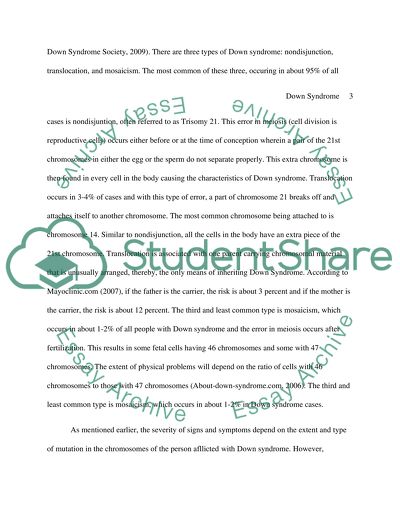Cite this document
(“Down syndrome Research Paper Example | Topics and Well Written Essays - 1250 words”, n.d.)
Retrieved from https://studentshare.org/psychology/1528323-down-syndrome-research-paper
Retrieved from https://studentshare.org/psychology/1528323-down-syndrome-research-paper
(Down Syndrome Research Paper Example | Topics and Well Written Essays - 1250 Words)
https://studentshare.org/psychology/1528323-down-syndrome-research-paper.
https://studentshare.org/psychology/1528323-down-syndrome-research-paper.
“Down Syndrome Research Paper Example | Topics and Well Written Essays - 1250 Words”, n.d. https://studentshare.org/psychology/1528323-down-syndrome-research-paper.


